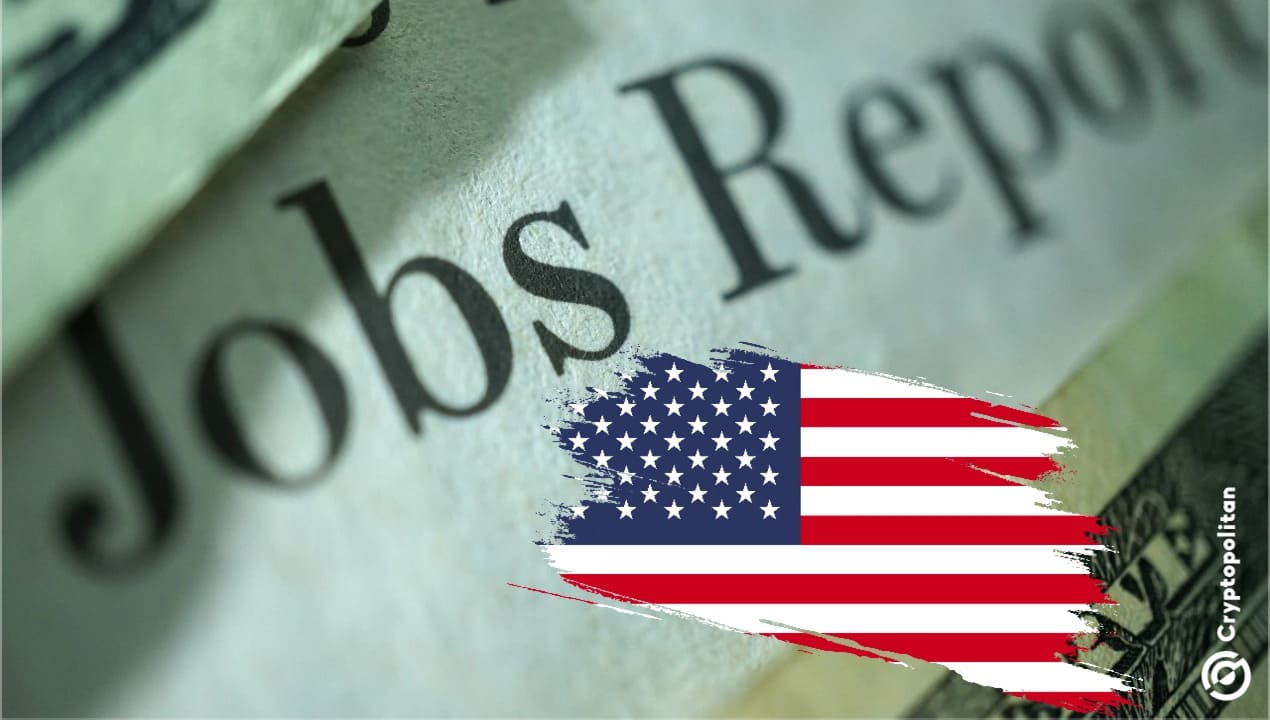
Independent Report – Job growth in the United States exceeded expectations in June, while the unemployment rate unexpectedly fell to 4.1 percent. This situation indicates that the U.S. labor market remains stable and suggests that the Federal Reserve may delay cutting interest rates until September. The latest data reflects a fairly solid employment dynamic amid ongoing economic uncertainty.
According to a report released by the U.S. Department of Labor’s Bureau of Labor Statistics, nonfarm payrolls increased by 147,000 in June. This figure is slightly higher than the revised increase of 144,000 in May. Economists surveyed by Reuters had forecasted job growth of only 110,000 for June, with estimates ranging from 50,000 to 160,000 new jobs. The report was published a day early due to the Independence Day holiday on Friday.
Also Read : Tariffs Challenge American Manufacturers’ Production Choices
Although the number of new jobs exceeded expectations, overall job growth is showing signs of slowing down. This is mainly due to subdued hiring activity. On the other hand, layoffs remain relatively low, as many employers try to retain workers after facing labor shortages during and following the COVID-19 pandemic.
Economists note that policies implemented by President Donald Trump, often described as anti-growth measures, have shifted public perception of the economy. These policies include sweeping tariffs on imported goods, mass deportations of migrants, and significant government spending cuts. Business and consumer sentiment surged sharply following Trump’s presidential victory last November, driven by hopes for tax cuts and lighter regulations. However, this sentiment declined about two months later.
The unemployment rate in June fell from 4.2 percent in May to 4.1 percent, while economists had initially expected the rate to rise to 4.3 percent. This decrease is a positive signal for the labor market, which was previously expected to face greater pressure.
Other indicators, such as the number of people filing for state unemployment benefits and those receiving unemployment checks, suggest labor market fatigue after a period of strong performance. This robust labor market helped shield the U.S. economy from recession, even as the central bank aggressively tightened monetary policy to combat high inflation.
Most economists expect the unemployment rate to rise in the second half of this year. This increase could encourage the Federal Reserve to resume easing monetary policy in September. At its most recent meeting, the Fed decided to keep its benchmark interest rate in the range of 4.25 percent to 4.50 percent, where it has remained since December.
Federal Reserve Chair Jerome Powell reiterated on Tuesday the central bank’s plan to “wait and learn more” about the impact of tariffs on inflation before lowering rates again. This statement reflects the Fed’s cautious approach to policymaking, taking into account the many evolving economic factors.
Overall, the June employment report shows that the U.S. labor market remains strong despite some signs of slowing. This condition allows the Federal Reserve to take a cautious approach in setting future interest rate policies, especially amid uncertainties related to trade policies and inflation. Thus, although job growth remains positive, market participants and policymakers will continue to closely monitor developments before making major decisions.
Also Read : Latest Apps Supporting Music Festivals and EMF Innovations